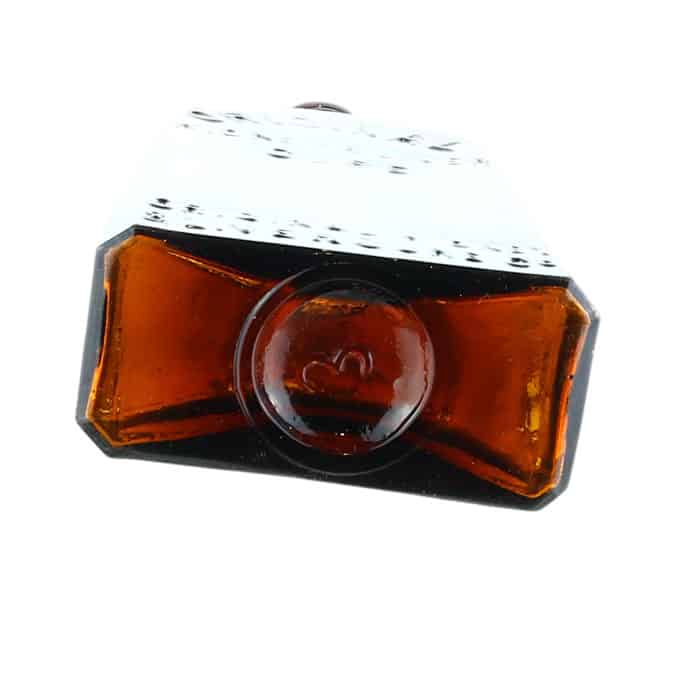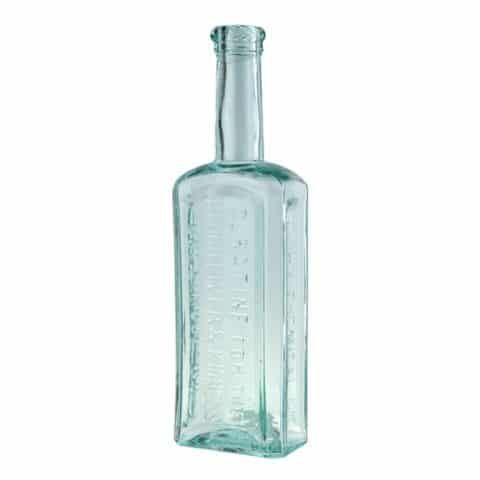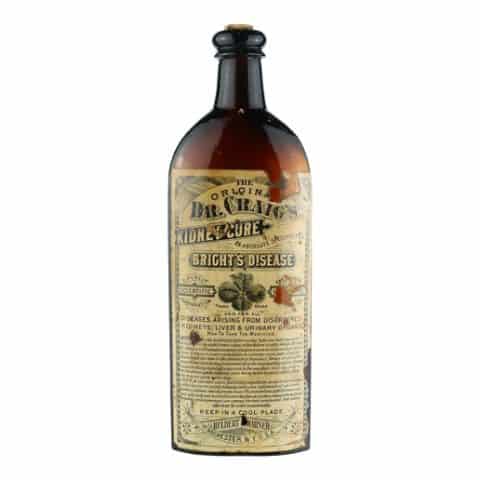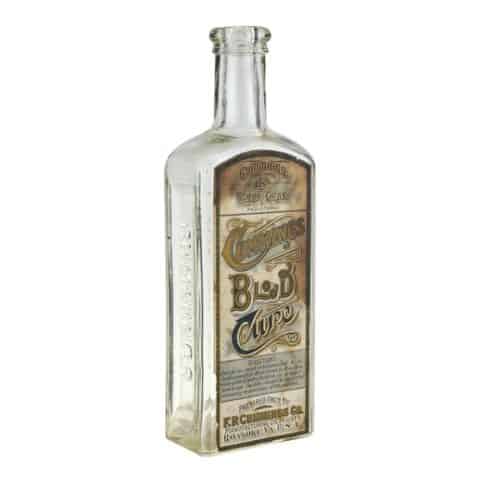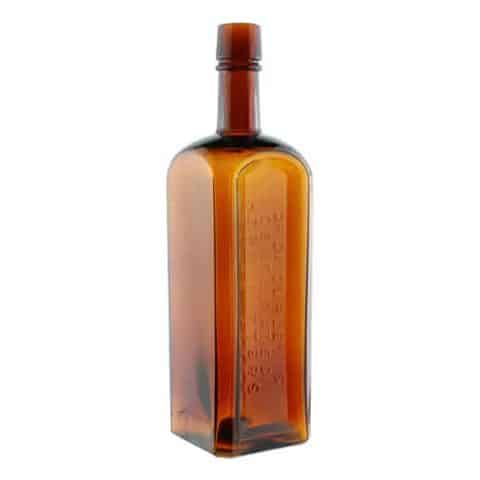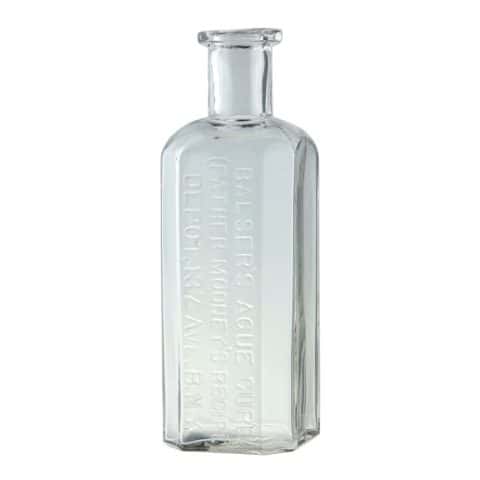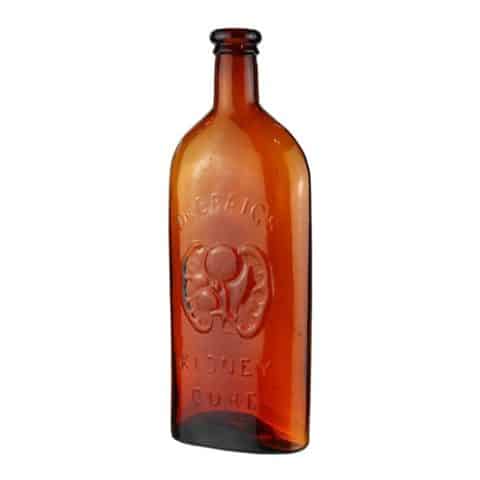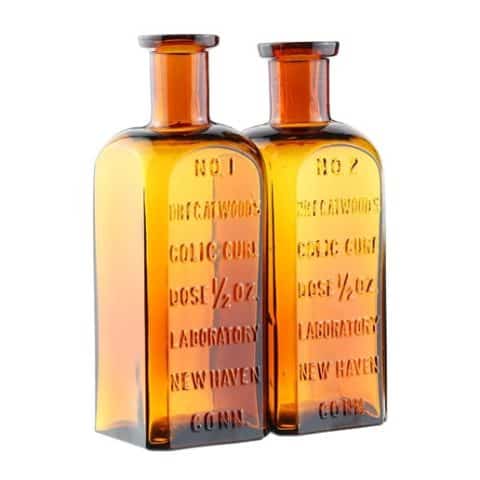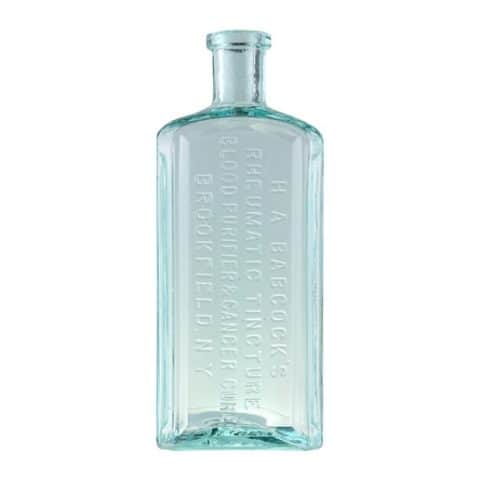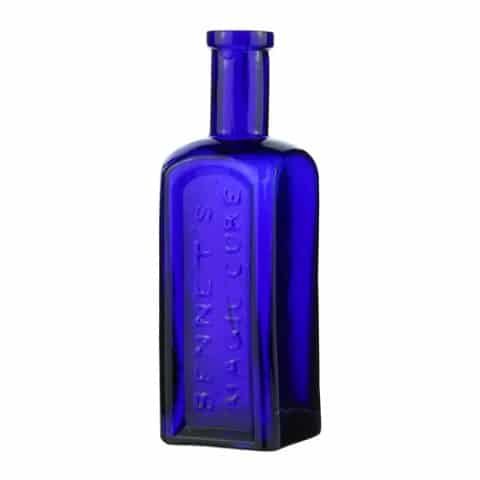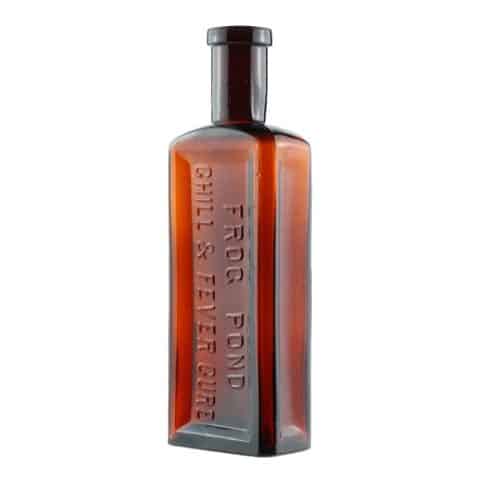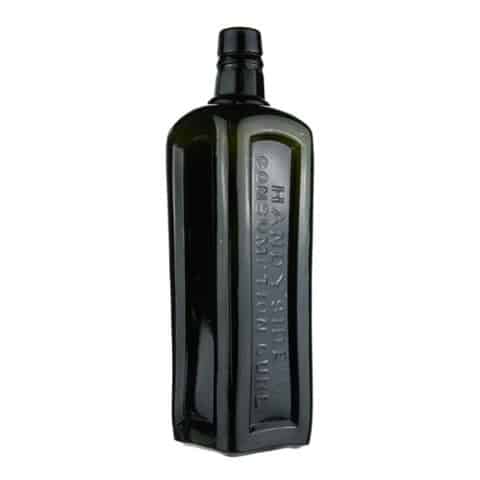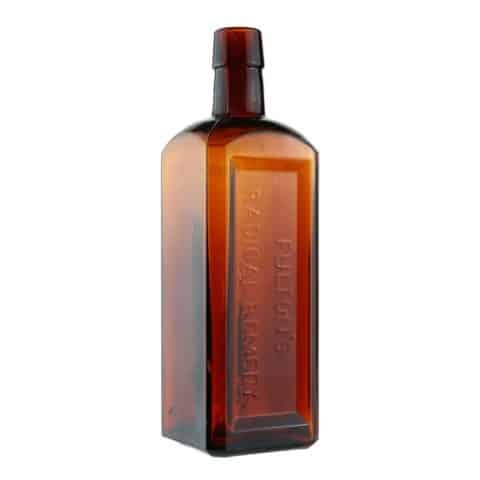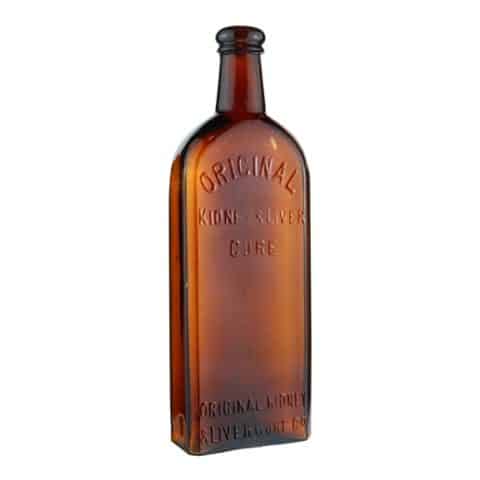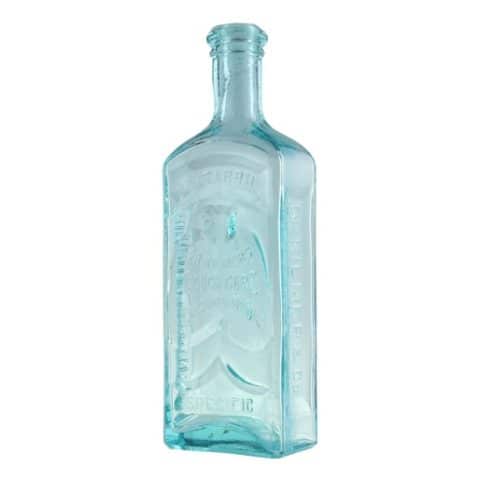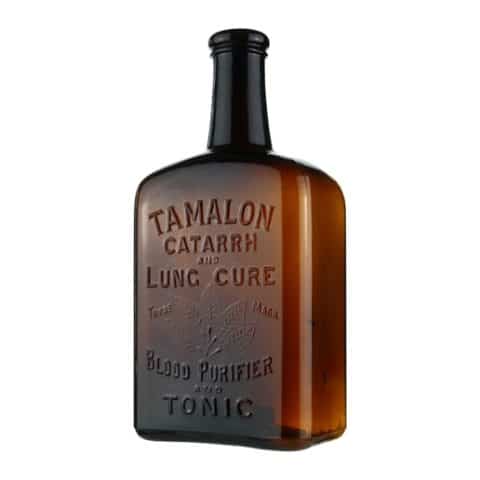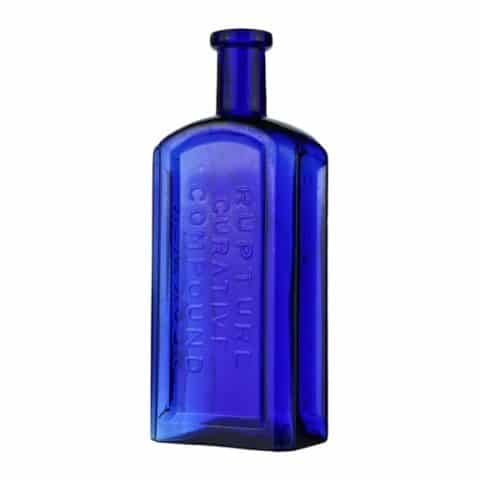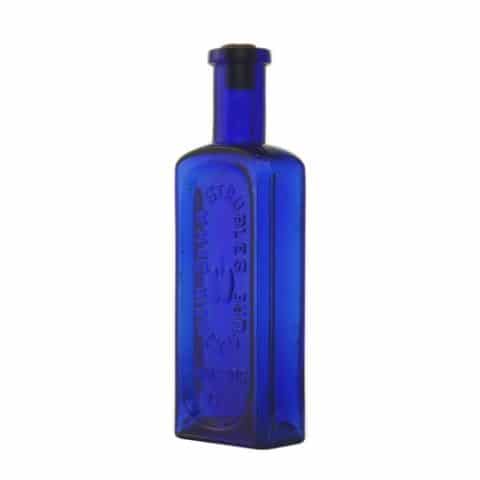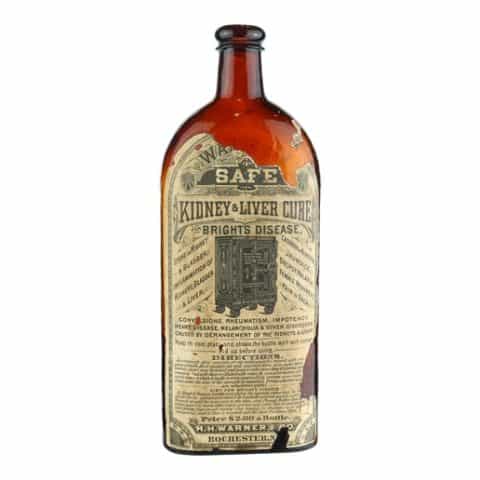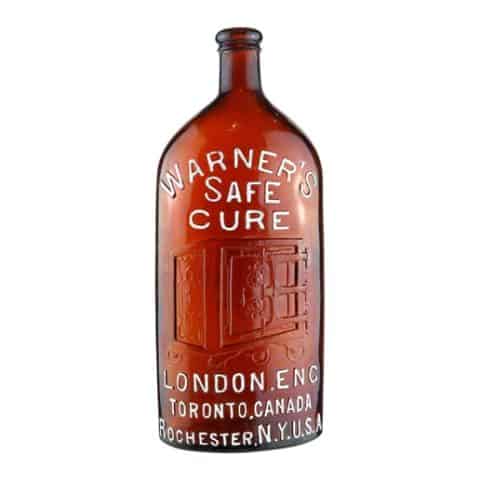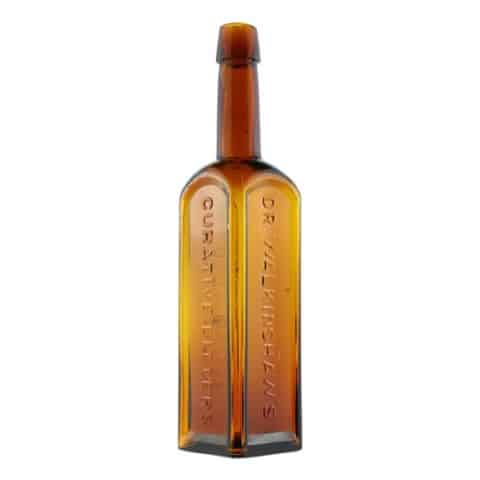Original Kidney & Liver Cure Original Kidney & Liver Cure Co. Rochester NY 3
Original Kidney & Liver Cure
Original Kidney & Liver Cure Co.
Rochester. N.Y.
Probably Related to Dr. Craig, Rochester, New York
Amber Rectangular Medicine
Provenance: Michael & Kathie Craig Collection

This extremely rare bottle is important in the trademark and marketing war between Dr. Craig and Hulbert H. Warner. The bottle embossing and shape tell us volumes. Note the similarities and transition to the strap sided “The Original Dr. Craig’s Kidney Cure Rochester NY” bottle represented next to this gallery display and in the comparison image below.
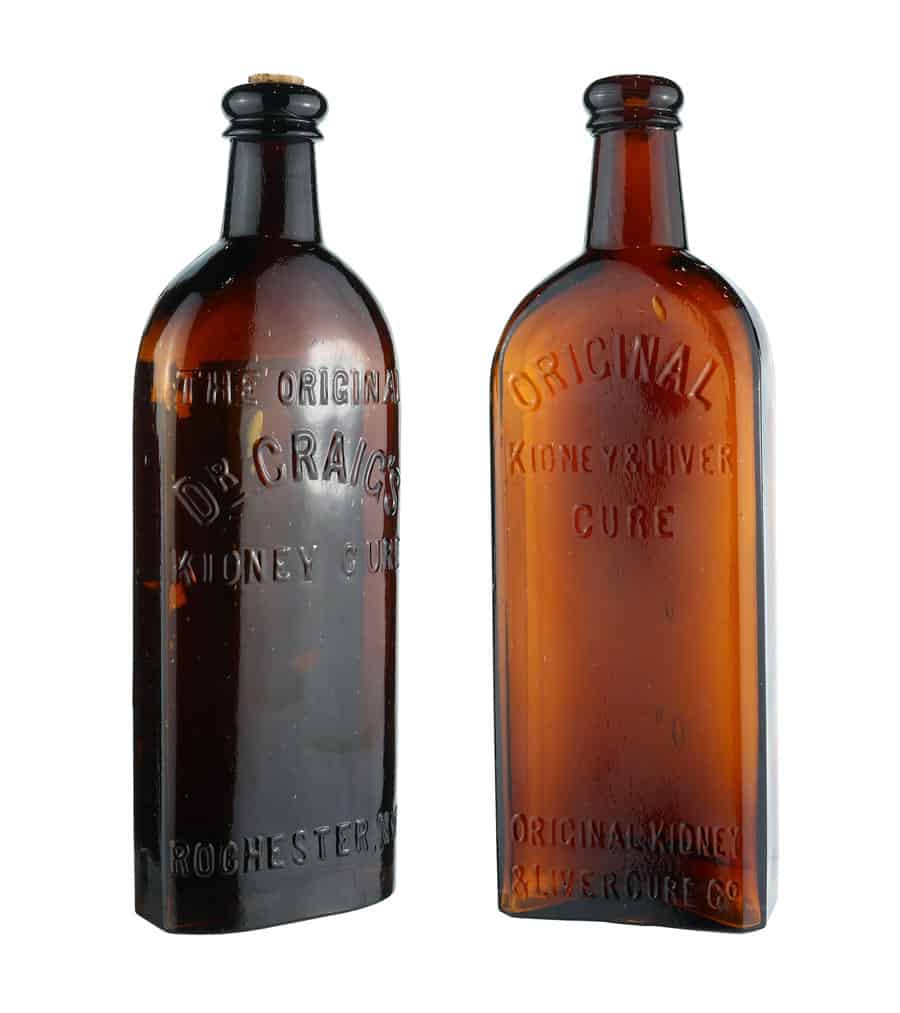
Our 9 ¾ × 3 ¼ x 1 ½ inch amber bottle is rectangular with tombstone arched shoulders. It is embossed ‘ORIGINAL KIDNEY & LIVER CURE’ in three lines on one broad face of the bottle in sans serif, all capital letters where the initial capital letter for each word is larger. The word “Original” is arched over “Kidney & Liver” (2nd line) and “Cure” (3rd line) which are both horizontally embossed on the upper part of the panel. ‘ORIGINAL KIDNEY & LIVER CURE CO.’ is horizontally embossed on the lower part of the front panel in the same style typography. ‘ROCHESTER. N.Y.’ is horizontally embossed on the opposite panel near the base. A raised ridge on the reverse side outlines where the paper label would have been placed. The graceful tapered neck terminates with a robust applied round band mouth with a tapered ring beneath. The base is smooth with an embossed number ‘3’ set within a debossed circle.
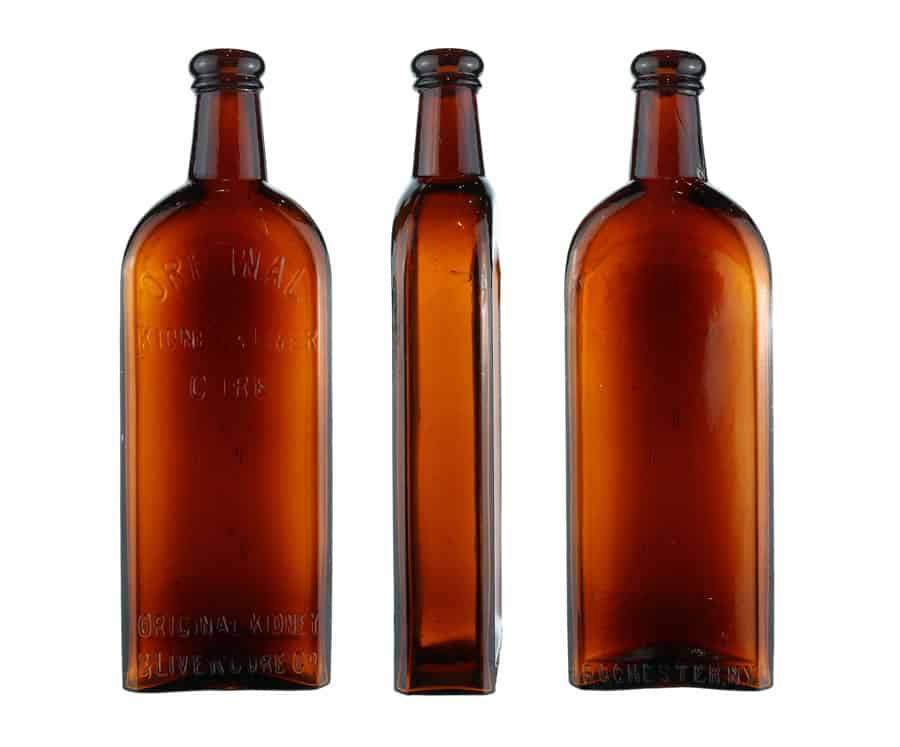
This bottle uses “& Liver” in the product name which was part of H. H. Warner’s landmark trademark lawsuit. By winning the lawsuit, Warner got the rights to combine “& Liver” with “Kidney Cure” which was important. Also, Dr. Craig removed the “& Liver” copy from his bottles in early 1882 as a result of the Warner lawsuit.
The bottle also uses the word “Original,” so the proprietor of the medicine bottle tried to capitalize on the name but not the oval bottle Warner was currently using. Warner bottle authorities suggest that this bottle could be from one of Dr. Craig’s sons who probably, with Dr. Craig’s knowledge, was trying to capitalize on Warner’s success.
H. H. Warner and Dr. Craig
Hulbert Harrington Warner was born in 1841 in New York. He traveled around doing various jobs but settled in Rochester, New York, selling safes to the up-and-coming oil barons in the midwest. He soon became very wealthy and was a socialite in Rochester and upstate New York.
On the other hand, Dr. Craig (this could be true or purely marketing, or both) is said to have been stricken by kidney disease in 1870 or 1871, in Charlotte, New York, and was soon to die. In a dream or some other message, it came to him that he should combine some herbal ingredients and concoct a remedy to cure his sickness. He took the medicine and immediately became well. With this success, he gave the concoction to persons suffering from kidney problems, and they also were cured. This led him to put out his Dr. Craig’s Kidney Cure sometime around 1875.
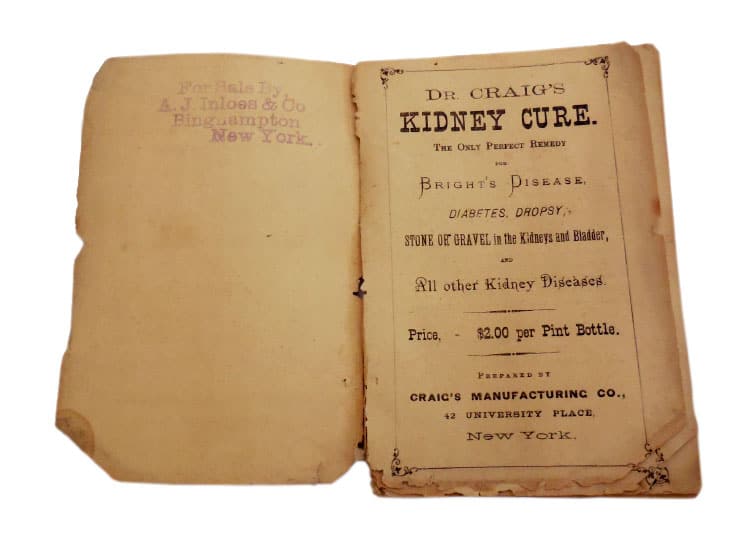
Success followed, but Dr. Craig was undercapitalized or in debt for additional unknown reasons. To settle a debt, he sold the rights to produce the cure to a New York syndicate of investors, which included a royalty on future sales. This syndicate never produced the product and continued selling the remaining stock.
Dr. Craig, at this time, realized that he was not going to make his fortune on his remedy with proceeds from the syndicate. He sought out Hulbert H. Warner, a man known in Rochester with the capital necessary to make Craig’s cure successful. The story continues that Warner was also stricken with kidney problems, probably kidney stones, and had used Craig’s cure and was also immediately cured.
A partnership between Warner and Craig was formed. Craig would work in Warner’s lab, formulating products and worked developing new products. Warner, by this time, had procured the rights to formulas for a nervine, a tonic, bitters, and kidney pills. He, with Craig, would also develop a Diabetes Cure which would enter the market in September 1879.
With Warner securing the rights to market Dr. Craig’s Kidney Cure from not only Dr. Craig but from all other groups that had rights to the cure, Warner and Craig went into business together marketing “The Original Dr. Craig’s Kidney Cure.” This takes place on March 25, 1879. Note the only reference to H. H. Warner is the “Hulbert H. Warner” copy on the bottom of the label (see image below). This is also when the four-leaf clover was used as a brandmark for Warner. Very soon afterwards, he would trademark a “safe” that would define the image of his brand.
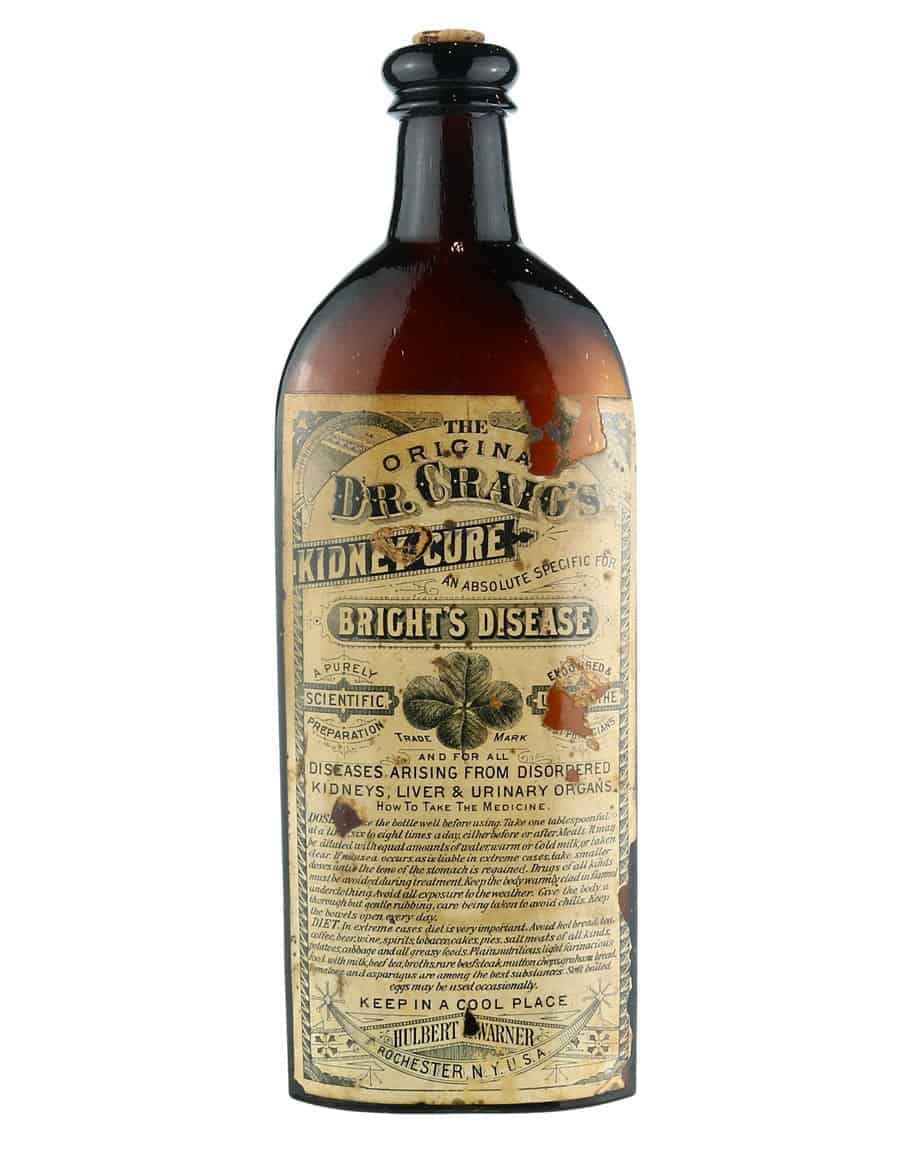
Warner’s success was that he was a marketing genius. He immediately placed ads in newspapers throughout the region and expanded quickly to the midwest and the rest of the nation. He created a demand for his products, and druggists around the country had orders from customers for his product even before it was distributed. For example, Warner’s advertising budget in 1880 was $500,000. Business boomed as Warner put every dollar back into growing the company. Unfortunately, Dr. Craig had agreed to share some of the profit dollars, which Warner claimed were none. This was true, but it did not allow Craig to live in the manner he thought he should, especially since Warner was living a lush lifestyle because he was already wealthy.
By 1882 Dr. Craig had had enough. Since he felt his formulation was producing all this success, so in April 1882, Dr. Craig, his son William, and Dr. Henion set out to make a competing cure. He left Warner employment and started Dr. Craig’s Kidney and Liver Cure Company in Rochester, New York.
His bottles were like Warner’s in size, shape, and color. It didn’t take long; by June 1882, Warner had slapped an injunction on Dr. Craig to stop producing and selling his competing cure. Dr. Craig fought the injunction, but by the end of the year, he had lost.
Primary Image: Original Kidney & Liver Cure bottle imaged by Alan DeMaison at the FOHBC Reno 2022 National Antique Bottle Convention mobile imaging station.
Support: Research by Michael Seeliger. Reference to H. H. Warner His Company & His Bottles 2.0, Michael Seeliger, 2016.
Support: Reference to Collecting All Cures, Bill Agee, 1973.
Join the FOHBC: The Virtual Museum is a project of the Federation of Historical Bottle Collectors (FOHBC). To become a member.

